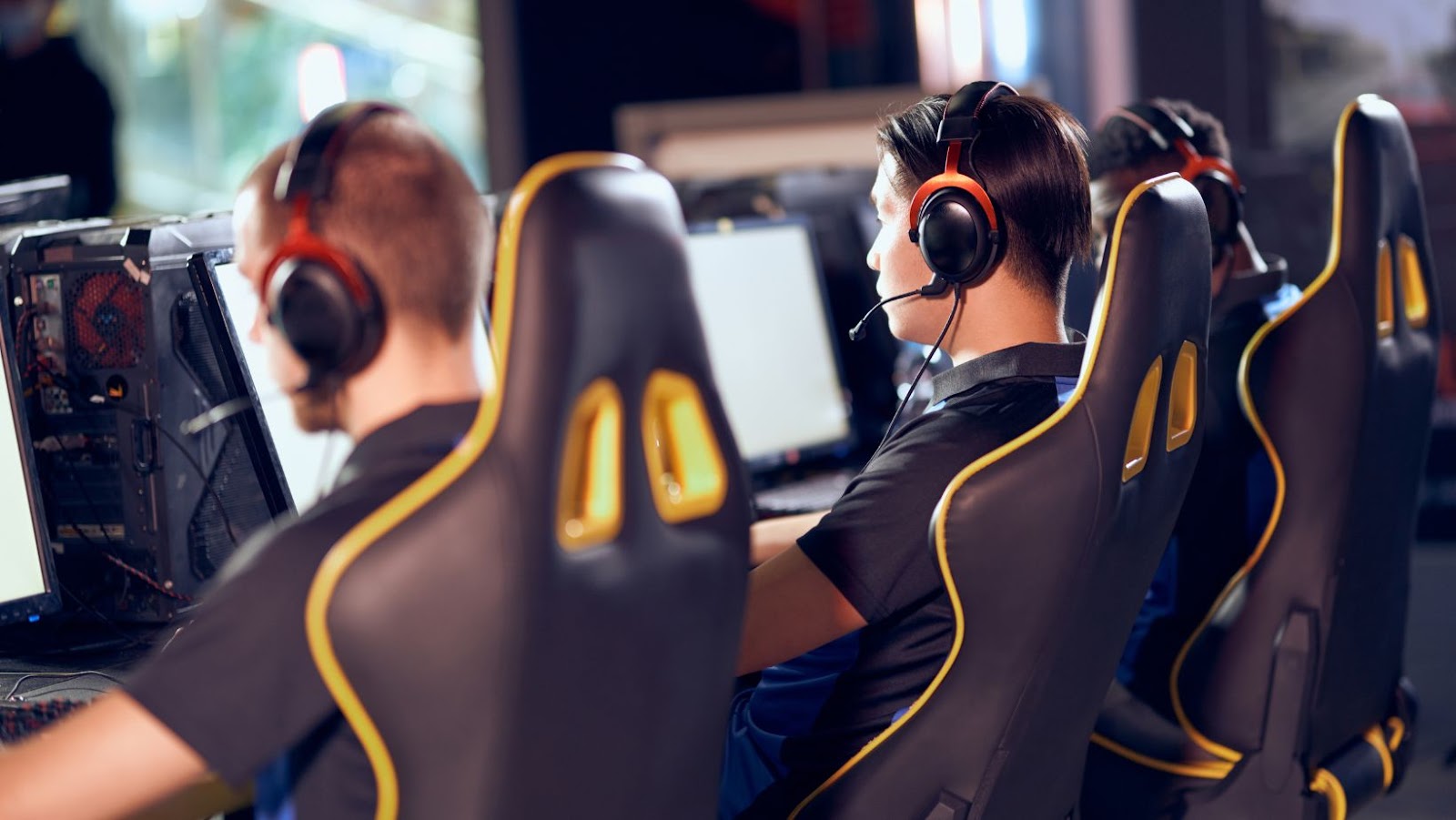Overwatch has taken the esports world by storm, captivating audiences with its fast-paced action and strategic gameplay. As the competitive scene grows, teams from around the globe are vying for dominance in tournaments and leagues. These teams not only showcase exceptional skill but also bring unique strategies and compositions to the battlefield.
From established powerhouses to rising stars, Overwatch esports teams are constantly evolving. Fans eagerly follow their favorite squads, cheering them on through thrilling victories and heartbreaking losses. With each match, these teams push the boundaries of what’s possible in the game, making Overwatch esports a dynamic and ever-changing spectacle.
Overwatch Esports Teams
Blizzard Entertainment launched Overwatch in May 2016. The game quickly attracted a dedicated player base and professional interest. The first major event was the Overwatch Open in September 2016, featuring notable teams like EnVyUs and Misfits. This tournament laid the foundation for future events.
Blizzard announced the Overwatch League (OWL) in November 2016, revolutionizing the esports landscape. OWL began in January 2018, with twelve teams representing cities worldwide. Teams like London Spitfire, Seoul Dynasty, and New York Excelsior were some of the founding members. The league’s city-based format aimed to emulate traditional sports, foster local fan bases, and enhance global reach.
Expansion continued in subsequent seasons. By 2020, OWL featured 20 teams, with additions like Paris Eternal and Guangzhou Charge. The introduction of the Overwatch Contenders league provided a talent pipeline for aspiring professionals, showcasing regional talent and fostering competitive depth.
National tournaments also gained prominence. The Overwatch World Cup, inaugurated in 2016, saw countries compete on the international stage. Teams such as South Korea, USA, and China have dominated, with South Korea achieving multiple championships.
Significant milestones included the inaugural OWL Grand Finals in 2018, where London Spitfire claimed victory. The 2020 season saw the shift to an online format due to the global pandemic, demonstrating the league’s adaptability.
These events and developments illustrate the rapid evolution of Overwatch esports teams from a nascent stage to a structured, globally recognized entity. The history continues to unfold, propelled by passionate teams, dedicated fans, and strategic developments.
Challenges Faced by Overwatch Esports Teams
Overwatch esports teams encounter numerous challenges that test their adaptability and resilience. These issues span from rapid meta shifts to organizational concerns.
Meta Shifts
Frequent meta shifts present significant challenges for Overwatch teams. As Blizzard releases patches and updates, hero balance changes often. Teams must quickly adapt strategies and team compositions to stay competitive. For example, the introduction of the 2-2-2 role lock in July 2019 forced teams to restructure their rosters and training regimens. Successful adaptation requires a deep understanding of both mechanical skills and the evolving game environment.
 Player Burnout
Player Burnout
Overwatch players often face burnout due to intense schedules and high expectations. Professional players typically engage in rigorous training, often exceeding ten hours daily. This relentless pace leads to physical and mental exhaustion. High-profile cases, such as Sinatraa’s retirement in 2020, highlight the severe impact of burnout. To combat this, teams have started prioritizing mental health support and balanced training routines.
Organizational Stability
Maintaining organizational stability remains a critical challenge. Teams rely on consistent performance to attract sponsorships and funding. Any fluctuation in performance can impact financial stability. Furthermore, roster changes and management shifts disrupt team cohesion. Notable examples include the Houston Outlaws, who underwent significant management restructuring in 2019. Balancing financial health, player welfare, and competitive success is essential for long-term stability.
Overall, overcoming these challenges requires strategic planning, adaptability, and a focus on player well-being.
 In Conclusion
In Conclusion
Overwatch esports teams have carved out a significant niche in the competitive gaming landscape. Their journey from the game’s launch in 2016 to the structured leagues and tournaments of today highlights their evolution and resilience. Teams like San Francisco Shock, Seoul Dynasty, and Dallas Fuel exemplify the diverse strategies and player dynamics that make the scene so compelling.
The challenges they face, from rapid meta shifts to player burnout, underscore the complexities of maintaining top-tier performance. Yet, their ability to adapt and thrive speaks volumes about their dedication and talent. As Overwatch esports continues to grow, these teams will undoubtedly remain at the forefront, pushing the boundaries of competitive gaming.